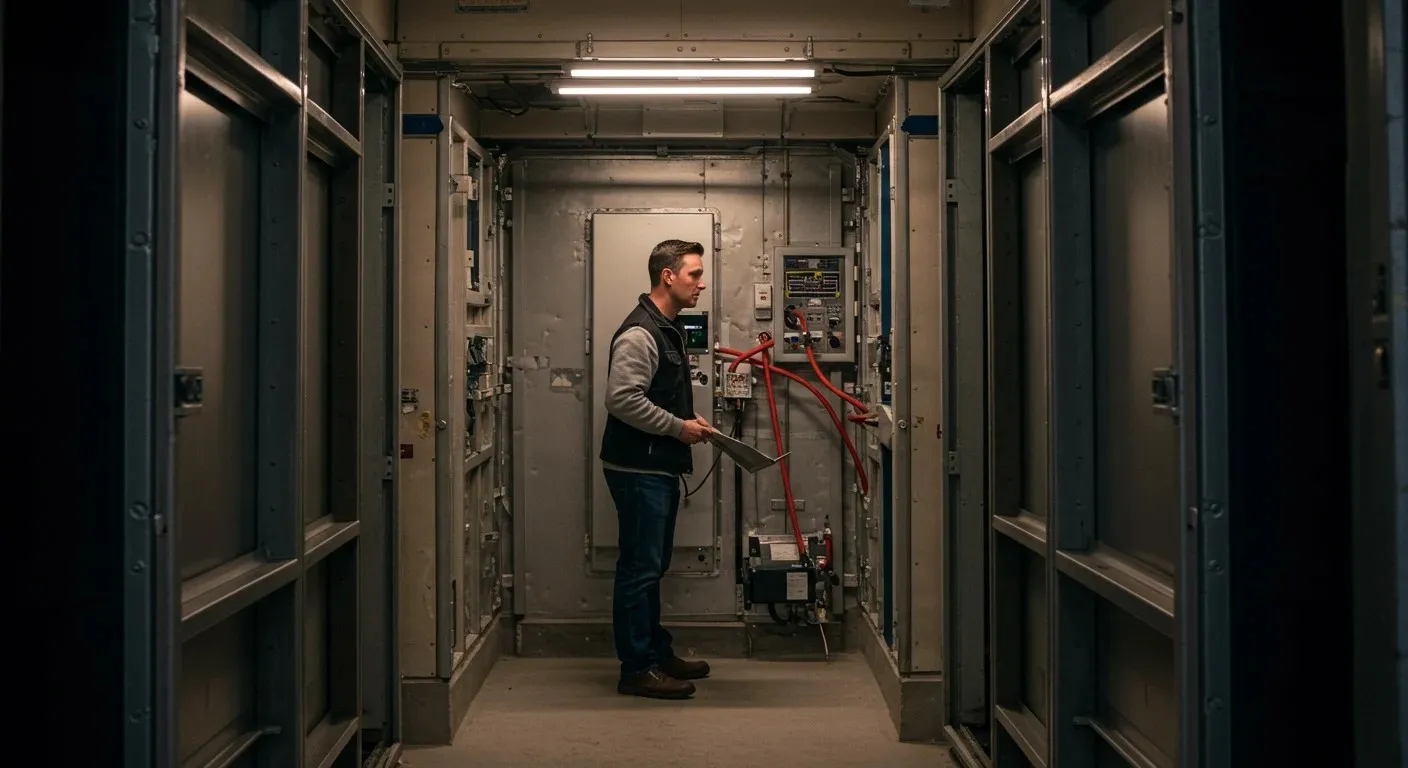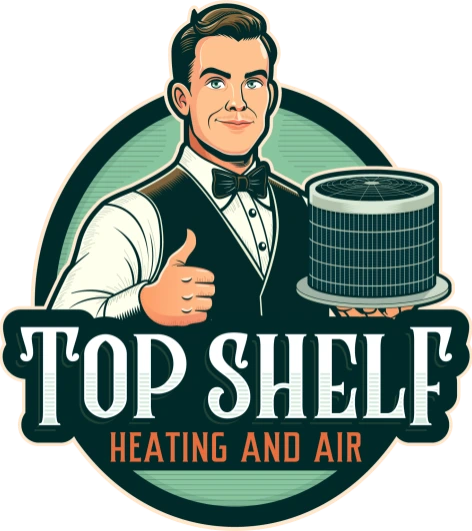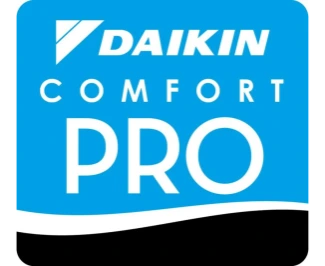If your home suddenly feels more like an icebox than a cozy retreat, your heating system might be trying to tell you something’s wrong. Before things get worse (and colder), it’s time to consider professional help. At Top Shelf Heating and Air, we bring years of experience, certified technicians, and a commitment to quality that ensures your heating repair in Simi Valley, CA, gets done right the first time—so you can enjoy the warmth without the stress.
Signs Your Heater Needs Repair
Even if your heater hasn’t completely shut down, it may already be crying out for help. Here are the top warning signs that you might need heating repair in Simi Valley, CA:
- Strange Noises: If you hear rattling, banging, or screeching sounds coming from your heater, it’s a clear sign something isn’t right. These sounds often indicate loose parts, motor issues, or even debris stuck in the system. Ignoring these noises can lead to more severe damage over time. A healthy heater should run quietly and efficiently.
- Frequent Cycling: If your heating system keeps cycling on and off more than it should, it could point to issues with the thermostat, faulty sensors, or internal components like the heating element. This repeated starting and stopping isn't just inefficient—it can wear down your system faster and lead to expensive repairs down the line.
- Unresponsive Thermostat: When you adjust the thermostat but notice no change in temperature, it might not just be the thermostat itself. This issue could point to problems within the heating system, such as electrical faults, malfunctioning components, or even wiring issues. Regular system maintenance can help prevent these problems.
- Poor Airflow: If the air coming from your vents feels weak or inconsistent, it could mean trouble with your blower motor, ducts, or even blockages in the system. Poor airflow reduces heating efficiency, making it harder to keep your home comfortable. In severe cases, it could even signal a failing heating system that may need replacement.
Catching these symptoms early can save you time, stress, and money. If something feels off, give us a call and we’ll sort it out fast.
Understanding Heating System Types: Which Needs Repair?
Not all heating systems are created equal, and understanding what kind you have helps diagnose issues faster. Here’s a quick guide:
- Gas Furnaces: A staple in many homes, gas furnaces heat air using natural gas and distribute it throughout the house. At the same time, they’re dependable; common issues like ignition failures, dirty burners that lower efficiency, or blower motor malfunctions that disrupt airflow can arise. Regular maintenance is crucial to ensure smooth and efficient operation.
- Electric Furnaces: Compared to gas furnaces, electric furnaces are known for their energy efficiency and eco-friendliness. However, they also come with their own challenges. These may include electrical faults, heating element failures causing uneven heating, or control board errors that affect temperature regulation. Though they require less upkeep than gas furnaces, periodic checks of electrical components are still essential.
- Heat Pumps: Offering both heating and cooling, heat pumps are an excellent choice for year-round comfort. However, they are susceptible to issues such as refrigerant leaks that reduce efficiency, frozen coils that hinder operation, or reversing valve malfunctions that prevent proper temperature switching. Routine inspections are key to maintaining their performance and longevity.
- Ductless Mini-Splits: Ideal for zoned heating and cooling, ductless mini-splits are efficient and versatile. Yet, they may occasionally face problems like communication errors between indoor and outdoor units, fan malfunctions that affect airflow, or clogged filters that impair performance. Regular filter cleaning and professional servicing help ensure these systems work at their best.
No matter your system type, we’ve got the tools, training, and experience to get it back in
shape—and fast.
The Importance of Regular Heating Maintenance
Regular maintenance is your heating system’s best friend. Without it, minor issues can go unnoticed until they snowball into expensive repairs. A yearly tune-up helps spot worn-out components, clean dirty filters, and coils, and ensure your thermostat is communicating correctly. This boosts efficiency, reduces energy waste, and extends the life of your system.
Plus, scheduling proactive maintenance with Top Shelf Heating and Air means fewer surprises and better indoor comfort throughout the year. Our Silver, Gold, and Platinum Membership Club Plans are a simple, cost-effective way to stay ahead of problems while enjoying VIP perks like priority service and discounts.
DIY vs. Professional Heating Repair: What You Need to Know
DIY Repairs
There’s a time and place for DIY, like replacing a dirty air filter or checking the breaker box. But when it comes to deeper repairs, things can get dicey—fast. Heating systems involve complex electrical and gas components, and one wrong move can be dangerous. Plus, DIY mistakes often void warranties or make problems worse (and more expensive to fix).
Professional Repairs
Professional techs have the experience, certifications, and tools to safely and accurately diagnose issues. We follow all safety codes, use the right parts, and provide warranties for peace of mind. More importantly, we get your heat restored without trial-and-error delays or guesswork.
While DIY can seem tempting, professional service is faster, safer, and ultimately more cost-effective—especially with a reputable team like Top Shelf Heating and Air.
How to Communicate Effectively with Your Repair Technician
A little communication goes a long way in making your repair service smoother and more accurate. Here’s how you can help us help you:
- Describe the Issue Clearly: Share as much detail as possible about what’s happening with your system. Let us know if you’re hearing strange noises like banging or humming, feeling cold or warm spots in your home, noticing thermostat issues, or experiencing any unusual performance. The more specific you are, the easier it will be for us to understand and address the problem.
- Mention When It Started: Tell us when you first noticed the issue. Did it just happen today, or has it been ongoing for weeks? Timing can be a crucial clue in identifying patterns, root causes, or environmental changes that may be affecting your system. Providing this context allows us to narrow down potential issues more effectively.
- List Previous Repairs or Changes: If your system has been serviced, repaired, or upgraded recently, let us know the details. This helps us avoid duplicating work and pinpoint lingering issues related to past repairs or upgrades. Even minor changes, like software updates or hardware replacements, can make a big difference in diagnosing the problem.
- Ask About Preventative Tips: Don’t forget to inquire about ways to prevent similar issues in the future. We’re happy to provide maintenance advice, cleaning routines, or seasonal tips to keep your system running smoothly for as long as possible. Simple steps, like regular inspections or using the right tools, can improve performance and save you time and money.
Clear, honest communication ensures we solve the right problem the first time—and helps us deliver the top-notch service we’re known for.
Cost Factors in Heating Repair Services
Heating repair prices vary based on several factors. Here’s what typically affects your final bill:
- Type of System: The type of heating system you have—whether it’s a gas furnace, electric heat pump, or boiler—affects both the complexity of repairs and the type of parts required. For example, gas furnaces may involve issues with burners or ignitions, while heat pumps are more likely to have problems with compressors or refrigerants. Each system has unique maintenance needs.
- Severity of Issue: The cost of repairs depends significantly on the severity of the problem. Simple fixes like replacing a clogged air filter or cleaning out ducts are far less expensive than addressing significant issues like a cracked heat exchanger or a malfunctioning compressor. The extent of the damage impacts both labor and part costs.
- Parts Needed: Some components, like thermostats or filters, are relatively inexpensive and easy to find. However, other parts, such as blower motors, heat exchangers, or control boards, can be costly and, in some cases, may need to be specially ordered, potentially adding to wait times and overall expenses.
- Warranty Coverage: If your system is still under warranty, this can significantly lower repair costs. Many warranties cover the cost of parts, while some may also reduce labor expenses. It’s essential to review the terms of your warranty to understand what is and isn’t included. This can make a big difference in your out-of-pocket costs.
At Top Shelf Heating and Air, we’re always transparent. We’ll give you upfront pricing and walk you through your options so there are no surprises—just solutions.

Act Now for Prompt, Professional Heating Repair Solutions
Don’t wait until your toes turn blue or your heater fully gives up the ghost. For fast, affordable, and expert heating repair in Simi Valley, CA, you can count on Top Shelf Heating and Air. Our technicians are trained, our service is top-rated, and our commitment to your comfort is unwavering. From diagnosing the problem to delivering the fix, we handle every step with care and precision.
Call today or contact us online to schedule your heating repair. Let’s bring the warmth back into your home—without the hassle.



